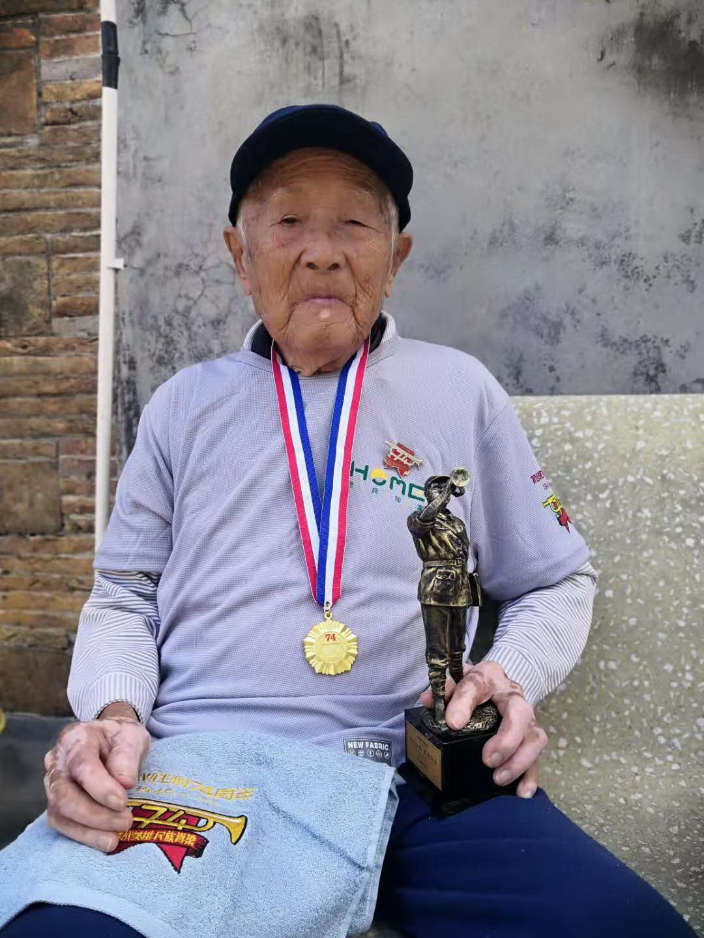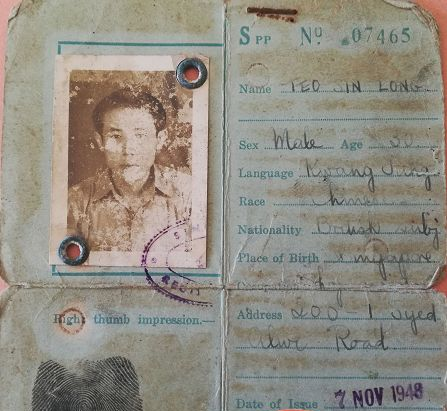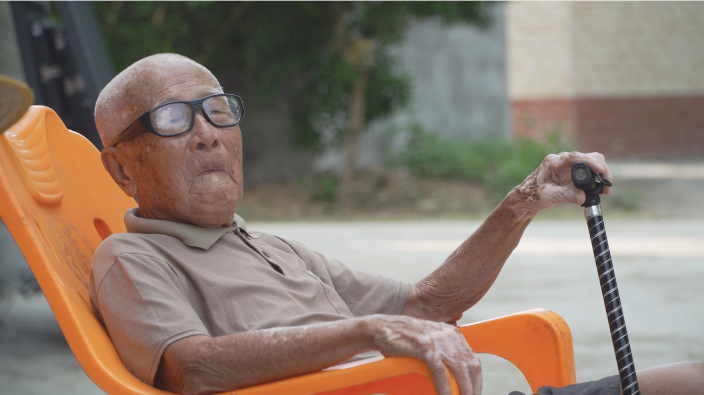By continuing to browser our site and use the services you agree to our use of cookies, Privacy Policy and Terms of Use. You can change your cookie settings through your browser.
Editor’s Note:
Over 3,200 overseas Chinese drivers and mechanics living in Southeast Asian countries were rallied by famous business pioneer and philanthropist Tan Kah Kee in 1939. From 1939 to 1942, these ‘Nanyang Volunteers’ transported 500,000 tons of military supplies and other needed items over the Yunnan-Myanmar Road (also known as Burma Road), a critical supply route, making invaluable contributions to victories in both the Chinese People’s War of Resistance Against Japanese Aggression and the World Anti-Fascist War. Over eight hundred ‘Nanyang Volunteers’ came from Hainan, and over 400 of them gave their lives on the Yunnan-Myanmar Road.
In August of 1938 in Malacca, Singapore, the departure whistle blew. Relatives lined the shore to say their reluctant goodbyes, and the boat listed to the side as a crowd of young volunteers all rushed to the rail to wave farewell.
“I didn’t tell my family. This was my decision. I want to give my all for my country.” Zhang Xiulong, a young man from Hainan, boarded the ship without telling his uncle or any other family members. As one of over 3,200 ‘Nanyang Volunteers’, Zhang rushed to the front lines in the Chinese People’s War of Resistance Against Japanese Aggression. He didn’t leave any letters behind to tell his family where he’d gone. Although he couldn’t drive or repair vehicles, Zhang still felt a strong patriotic calling.
Bid farewell to Southeast Asia, bravely heeding homeland’s call
Zhang Xiulong was born in Lilong Village, Baoluo Town, Wenchang, Hainan. His family had very little farmland, and lived in poverty. Zhang didn’t finish primary school, instead following his uncle to Southeast Asia to earn a living. Thanks to their hard work, by 1937, Zhang and his uncle had established stable careers, and dreamed of owning a coffee plantation.

‘Nanyang Volunteer’ Zhang Xiulong. (Photo: Hinews)
However, the Lugou Bridge Incident that occurred on July 7 of that year marked the start of Japan's full-scale invasion of China. Zhang Xiulong, living far away in Southeast Asia, read about what was happening in local newspapers. He felt extremely anxious, but could do nothing but sigh in despair. In 1938, as the Japanese invaders advanced westward, the Chinese army and other organizations gradually withdrew to the rear in the southwest. The newly opened Yunnan-Myanmar Road became an important lifeline connecting China to the outside world and providing a channel for the transport of ammunition and other vital supplies.
As China’s only supply route, the skies over the Yunnan-Myanmar Road were filled with enemy planes, and bombings were frequent. Beside the winding road, a cliff looks over a seemingly endless drop to the roaring Nujiang River below. For the ‘Nanyang Volunteer’ mechanics, the road was a battlefield abounding in dangers both above and below. “I had no fear, I was there to fight the enemy.” When speaking of the invaders, Zhang still had a sharp gaze even at the age of 101, and looking into his bright eyes, you could almost see the young uniformed man he used to be.
After arriving in Kunming, Zhang and the other ‘Nanyang Volunteers’ quickly received driving and vehicle maintenance training. Then, they immediately rushed to Yangon to pick up ammunition and supplies to be transported to China, which served as the main Eastern battlefield in the global fight against fascism.
Zhang Xiulong was in charge of driving in a convoy transporting gasoline, one of the most dangerous military supplies. Even one spark or bit of shrapnel in the wrong place would result in an instant sea of fire. “Not only do you have to drive cautiously, you also have to have sharp ears. As soon as you hear the sound of an airplane engine, you’ve got to find a hiding place.” Countless times, bombs exploded near Zhang, splashing up waves of mud several meters high. “I wasn’t afraid of anything. At the worst, I would die. I wasn’t afraid of that.”
Heroic deeds hidden for 70 years
On December 7, 1941, the Japanese army attacked Pearl Harbor and war broke out in the Pacific. Myanmar (then known as Burma), Thailand, and Laos all fell within five months. Yangon became an ‘isolated island’. Zhang and other ‘Nanyang Volunteers’ continued transporting supplies to the front, with the enemy’s planes and troops chasing closely behind. In May, 1942, the Japanese army approached the west bank of the Nujiang River, and the Chinese army was forced to blow up the Huitong Bridge, a vital point on the Yunnan-Myanmar Road. The ‘Nanyang Volunteers’ were disbanded, and over 2,000 surviving members had to find their way out.
Zhang Xiulong worked as a technician at Kunming Airport, repairing planes under heavy gunfire and repeatedly escaping death. On August 15, 1945, Japan announced unconditional surrender. When the good news reached Kunming, Zhang and his fellow volunteers took off their hats and shouted in celebration. “We won, we won!” After the victory, Zhang was demobilized, and returned to Singapore. Even when he was reunited with his uncle and friends, he never mentioned where he had been for the past six years.

Zhang Xiulong’s ID when he was in Singapore. (Photo: Nanguo Metropolitan Daily)
After the founding of New China, Zhang returned from Singapore to his hometown in Wenchang, and lived in Lilong Village, Baoluo Town for the rest of his life. The locals only knew him as a ‘wanderer’ who had returned home, having no idea that he aided China in her time of need and survived many close calls. Zhang never mentioned his experiences as a ‘Nanyang Volunteer’, and even his wife and children had no idea. He worked from sunrise to sunset, becoming a true local. Skilled in woodworking, Zhang became a well-regarded carpenter.
In 2010, Zhang Xiulong’s identity as a ‘Nanyang Volunteer’ was revealed by chance. At the time, he was already 92 years old.
In a drawer in Zhang’s bedroom lie several items treasured by the old man, including a ‘Nanyang Volunteer’ ribbon and medals commemorating his war service. These prove his heroic historic role.

Medals treasured by ‘Nanyang Volunteer’ Zhang Xiulong. (Photo: Hinews)
In mid-2015, a special letter was sent to Zhang’s home, inviting him to the military parade commemorating the 70th anniversary of the victory of the Chinese People's War of Resistance Against Japanese Aggression. His family recalls that when he opened the letter, 95-year-old Zhang’s eyes filled with tears, and he didn’t speak for quite some time. Unfortunately, due to his health, Zhang was unable to make the trip.

Zhang Xiulong on his 102nd birthday. (Photo: Hinews)
On October 29, 2020, Zhang Xiulong, the last ‘Nanyang Volunteer’ in Hainan, passed away at his home in Wenchang at the age of 102.
ASEAN Media Visit Qionghai Tropical Auto Test Track
11:51, 27-August-2025Sanya’s West Island: From Fishing Village to Zero-Waste Model
11:10, 27-August-2025BiUH Welcomes the Class of 2025 in Hainan
11:10, 27-August-2025Hainan FTP Extends Corporate Income Tax Incentives till 2027
04:40, 24-August-2025Li Yuemei: the “Mulan” of Nanqiao Jigong
04:37, 24-August-2025Discovering Mysteries Season 5, Episode 12: Love Ballad of the Rainforest Frog
05:26, 22-August-2025By continuing to browser our site and use the services you agree to our use of cookies, Privacy Policy and Terms of Use. You can change your cookie settings through your browser.





